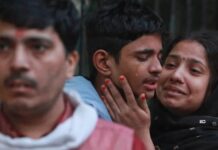Danish Siddiqui, the man who strove to change the world around him a picture at a time, found himself staring at the smoking end of a gun as he was killed in an encounter with the Taliban. He was deployed alongside the security forces as a member of the Press to cover the events in the volatile state of Afghanistan.
With the US forces withdrawal from Afghanistan, it witnessed massive provincial takeovers by the Taliban and as of now, they have now taken over the border along Pakistan’s line of action. This has been one of the major takeaways during the course of the Taliban’s operations of taking over Afghanistan.
The Pulitzer Prize winner, Siddiqui, found himself stuck in the crossfire and ultimately witnessed his demise at the hands of the extremist forces. His death has brought about immense sorrow to the entirety of the media fraternity and it is only fair that we do our duty to commemorate his courage to get the message across.
Danish Siddiqui: A Story Of Unwavering Journalism
Danish Siddiqui, the only Indian to bag the Pulitzer Prize, breathed his last as he caught himself in a crossfire between the Afghan security forces and the Taliban extremist group.
Siddiqui was deployed as a member of the press to cover the many intricacies of the Afghan conflict through his lenses.
His work as a photojournalist has been revolutionary, to say the least. To understand the effect of his works, one need not look further than his picture of scores of dead bodies littered through the length and breadth of a field.
To understand the man, however, we must go back to a time when his dreams were but commodities that he dared to see. He’d always had a keen eye towards the creative as his eyes saw much more than just mere visuals; they saw art.
Art, which is not bound by how socially poignant the said form of art actually is. He had started taking interest in the art of photography in the formative years of his teens when he borrowed a camera from his neighbour.
His experience with photography in the initial stages as narrated to Reuters is grounded yet the sparkle of nubile years is as fascinating as it is beautiful.
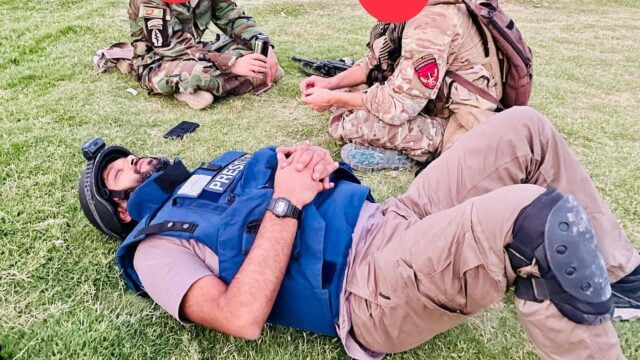
“My earliest memories of photography are a camera borrowed from a neighbour, black and white rolls of film bought with half my pocket money, and a school hiking trip in the Himalayas.”
Siddiqui, an alumnus of the Jamia Millia Islamia University in Delhi, his knack for photography had erupted to the scene during his tenure as a postgrad student at Jamia’s film school. His teachers have stated time and again that his eye for great photographs was generational, to say the least.
Through his work with Reuters in the past decade, it is difficult to state otherwise. From the Nepal earthquake to the Rohingya refugee crisis to the very recent coverage of India’s second wave of COVID, his work has always been revolutionary and shall be celebrated as masterpieces that surpass the test of time.
What Happened In Afghanistan?
Danish Siddiqui was deployed alongside Afghan security forces to cover the clash between the Taliban and Afghanistan’s legitimate government. The Afghan forces had gone on an offensive against the Taliban in Kandahar, a province in Afghanistan.
Kandahar, being a major province of Afghanistan, had had the Afghan forces try to get the Taliban forces on the backfoot. However, the advance led to a full-blown conflict between the two parties, leading to scores of fatalities. The actual number of deaths has yet not been disclosed.
Siddiqui’s last known recording is his coverage of the aforementioned Afghan mission wherein the security forces were tasked with rescuing a police officer held hostage by the Taliban.
In the city of Kandahar, the security forces had been tasked with a rescue mission and Siddiqui had been reporting it for the last 18 hours before it all went haywire. In a series of tweets he had stated about the situation and he had also stated that prior to the rescue mission, he had stayed with the operatives for a couple of other missions as well.
Unlike a combat mission, the rescue mission had to be done covertly, however, as the hours passed the Taliban became more alert by the second.
Also Read: What Did 20 Years Of Conflict in Afghanistan Result In Finally?
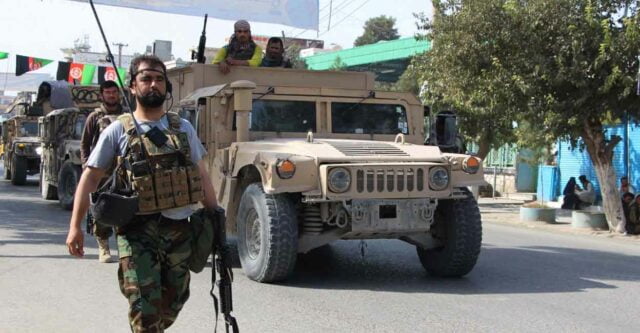
They started a barrage of firing rounds upon rounds of machine gun and it all went south, the moment the insurgents whipped out Rocket Propelled Grenade launchers, or RPGs.
The rockets from the RPGs whizzed past the scenery and destroyed three USA commissioned Humvees, provided to the security forces. During the course of this tumultuous crossfire, Siddiqui found himself on the ground, still clutching his camera close to his heart.
His last tweet provides a portal to the heart of a man who only wanted to change the world and, in all honesty, a particular line still breaks my heart no matter how many times I read it.
“The attack continued as Afghan Special Forces retreated after successfully carrying out the extraction. Caught in the middle of this ambush were several Afghans who were trapped while one of them was this boy.”
A Preview Of His Works
It is always stated that to know an artist in their entirety, one need not look further than their art pieces themselves. Siddiqui was no different. He had sought to change the world a picture at a time, no matter how long it took.
His pictures do not seek to initiate faux political discussions by armchair activists, but they seek to enable the viewer to become one with the humanity of the picture itself. He had once stated;
“While I enjoy covering news stories – from business to politics to sports – what I enjoy most is capturing the human face of a breaking story…I shoot for the common man who wants to see and feel a story from a place where he can’t be present himself.”
Thus, in lieu of the statement, we shall take a look at a few of his masterful works.



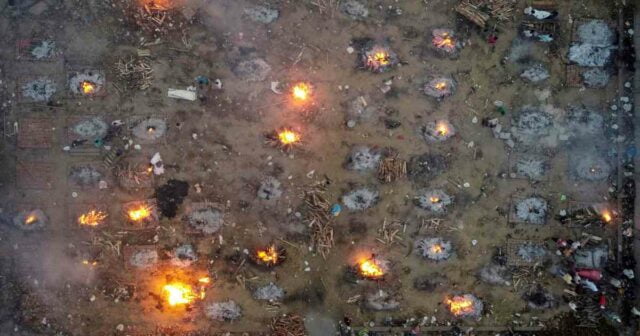

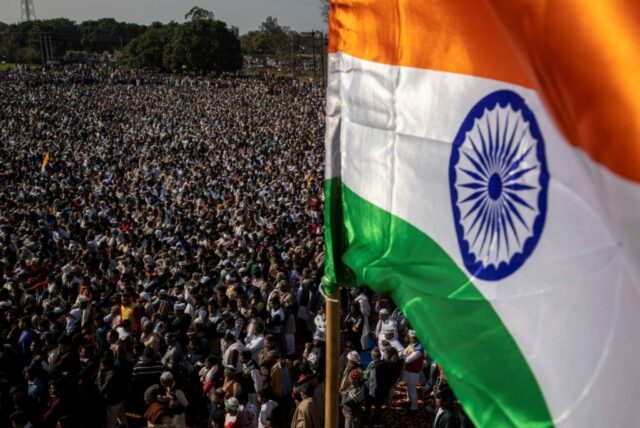

India did lose a fantastic photographer, but it also lost a son who was a beautiful human being as well.
Rest in peace. Your work shall live on.
Image Sources: Google Images, Reuters
Sources: BBC, The Wider Image, Reuters, The Wire
Connect with the blogger: @kushan257
This post is tagged under: danish siddiqui, reuters, photography, afghanistan, afghanistan armed forces, afghanistan taliban, taliban moneycontrol, afghanistan, taliban index, taliban afghanistan, taliban news, terrorist attack, terrorist, mujahid, mujahideen, ashraf ghani, ghani, america, united states of America, united states of America army, American army, American armed forces, American withdrawal afghanistan, India, indian government, modi, home ministry, jaishankar, foreign minister, foreign minister jaishankar, foreign ministry of india, Pakistan, imran khan prime minister, prime minister pakistan, pakistan army, mazar-i-sharif, Pulitzer prize, kandahar, afghan security forces, afghan premier
Other Recommendations:
Leaked Kremlin Documents Reveal Putin Holding Blackmail Material Over Trump














